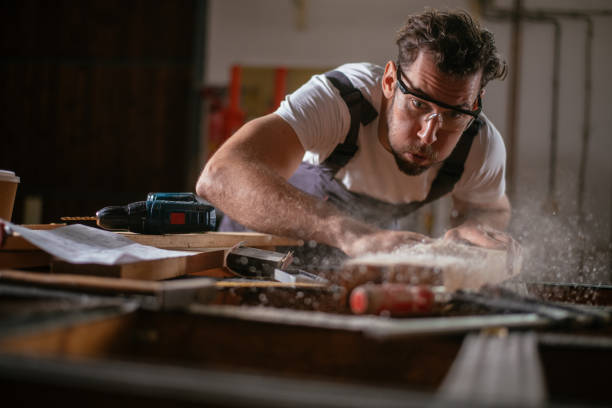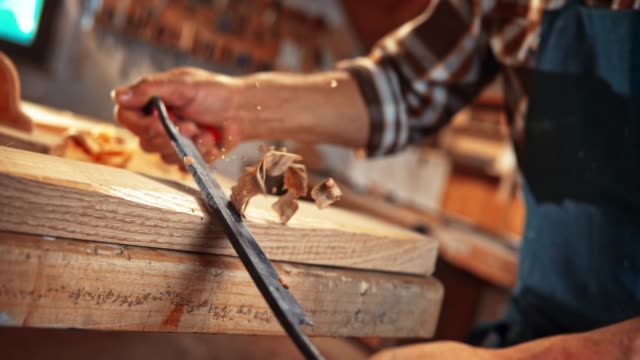
Carpentry in the UK holds a rich history deeply intertwined with the evolution of construction techniques, architectural styles, and societal needs. From ancient timber-framed structures to modern eco-friendly buildings, carpenters have been instrumental in shaping the built environment of the United Kingdom. This craft encompasses a wide range of skills, from traditional joinery to contemporary carpentry methods, and continues to play a vital role in both residential and commercial construction projects across the country. See also our blog post on Joiners Stirling.
The roots of carpentry in the UK trace back to medieval times when skilled craftsmen crafted intricate timber structures, including churches, castles, and manor houses. These early carpenters were highly regarded for their expertise in working with wood, using simple hand tools to shape, join, and assemble timber components. Their craftsmanship laid the foundation for the architectural heritage that still defines many towns and cities in the UK today. See aos our blog post on Joiners Dunblane.
Throughout the centuries, carpentry techniques evolved alongside advancements in technology and building materials. The introduction of power tools, such as saws, drills, and routers, revolutionized the industry, enabling carpenters to work more efficiently and precisely. Additionally, the Industrial Revolution brought mass-produced timber products, such as plywood and engineered wood, expanding the possibilities for construction and design.
One of the most significant contributions of carpentry to the UK’s built environment is timber framing. Traditional timber framing, characterized by its exposed wooden beams and intricate joinery, remains a popular architectural style in rural areas and historic buildings. Skilled carpenters use mortise and tenon joints, dovetails, and other traditional techniques to create sturdy and aesthetically pleasing timber frames, preserving the craftsmanship of generations past.
In addition to traditional timber framing, modern carpentry encompasses a wide range of disciplines, including roof construction, flooring installation, door and window fitting, and cabinetry. Carpenters play a crucial role in every stage of the construction process, from framing the structure to adding finishing touches and bespoke features.

One area where carpentry has seen significant innovation in recent years is sustainable construction. With growing concerns about environmental sustainability, there is a renewed focus on using timber as a renewable and eco-friendly building material. Carpenters are at the forefront of this movement, utilizing responsibly sourced timber and implementing energy-efficient construction techniques to reduce the environmental impact of building projects.
Moreover, the UK government’s push for energy-efficient homes and buildings has created new opportunities for carpenters specializing in insulation, draught-proofing, and other energy-saving measures. These skilled professionals play a crucial role in retrofitting existing buildings and constructing new ones that meet the highest standards of energy efficiency and sustainability.
In addition to their technical skills, carpenters in the UK must also possess strong problem-solving abilities, attention to detail, and a keen eye for design. Whether working on a historic restoration project or a modern architectural masterpiece, carpenters bring creativity, craftsmanship, and expertise to every job they undertake.
Overall, carpentry remains a fundamental aspect of the construction industry in the UK, with its practitioners continuing to shape the country’s architectural landscape with their skill, innovation, and dedication to their craft. As the demand for sustainable and energy-efficient buildings grows, the role of carpenters in creating a greener and more resilient built environment will only become more critical in the years to come.
